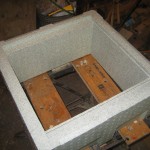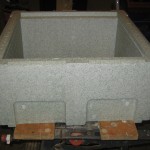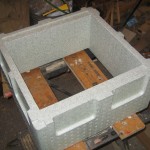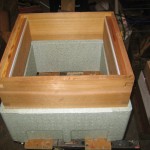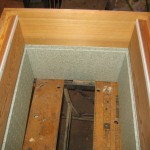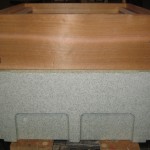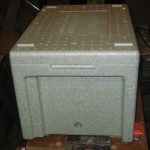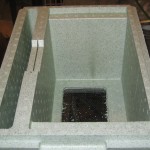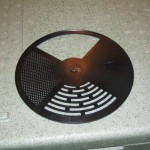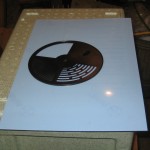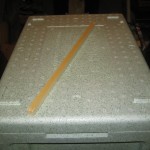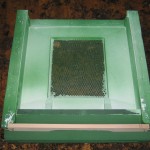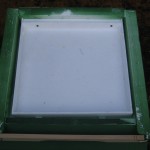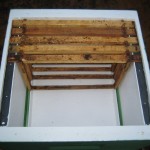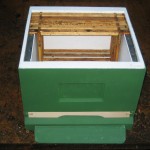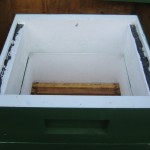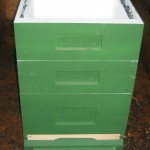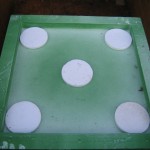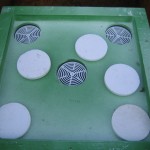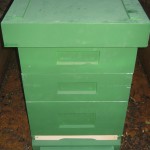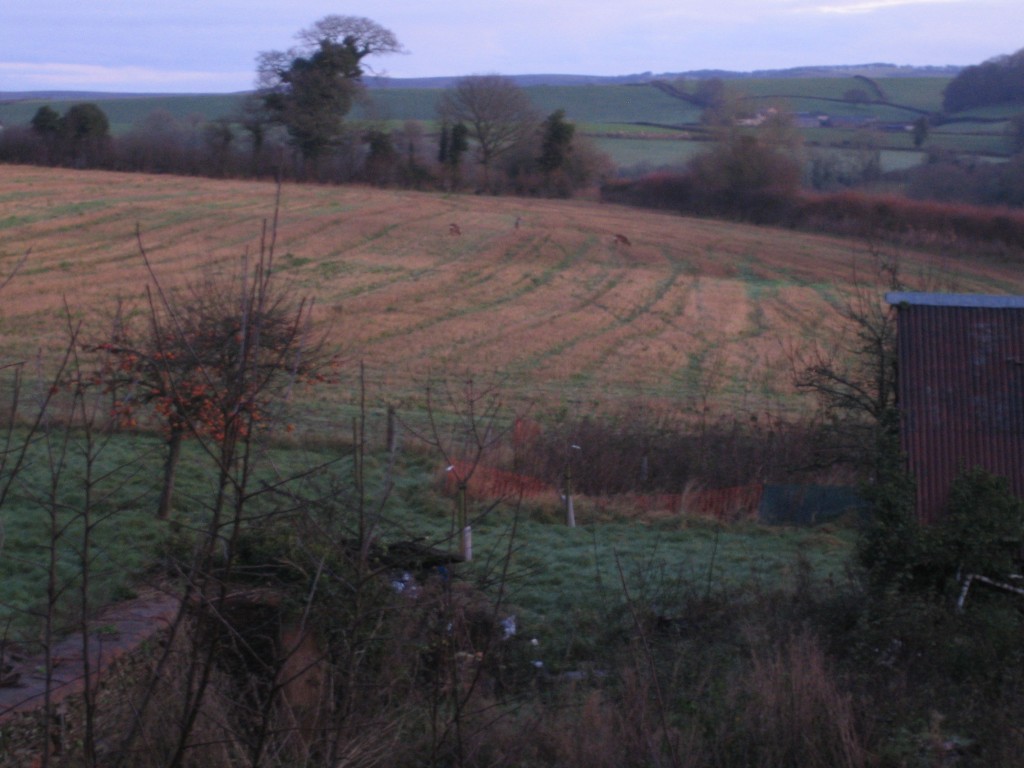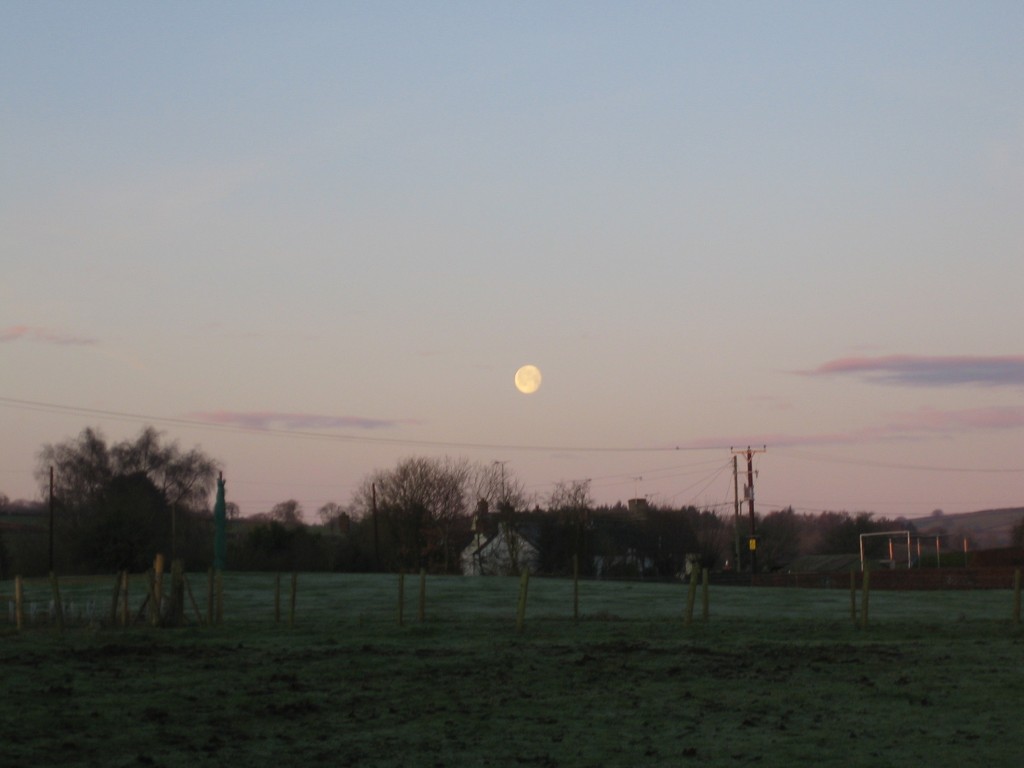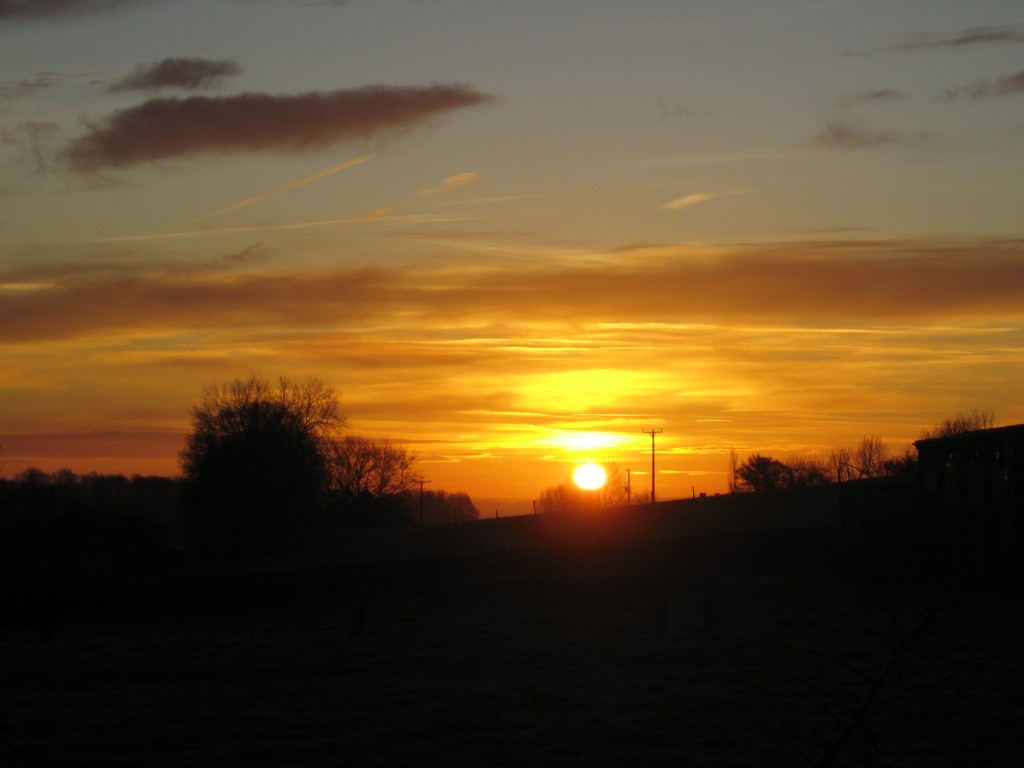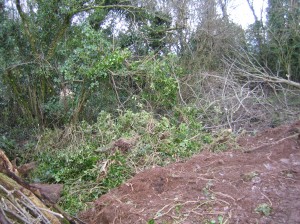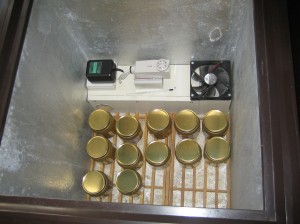I’ve been talking about the idea of going fishing for some time now. I’ve never done it before and I like the idea of catching fish to eat. My son has been watching “Hugh’s Fish Fight” and was also very keen. As it happens a friend who lives locally is quite into fishing and having discussed it with him he very kindly offered to organise a trip, inviting a few others along as well.
So it was that at stupid o’clock last Sunday morning we boarded the Scooby Doo Too at Watchet Marina; four dads, six children and very little fishing experience between us. We were on a four-hour trip, two hours either side of high tide. The skipper and his crew were excellent, very helpful and seemed genuinely pleased to have so many young children interested in fishing on board.
We were taken out a short distance from the Marina so we’d still be relatively sheltered from the wind as it was a little choppy and the skipper was mindful of having so many first-timers on board. We anchored at a location with mud on the sea floor about ten metres deep and after a bit of explanation about using the rods, the hooks were baited up and dropped over the side with much anticipation. Fishing off the bottom like this were were told to expect some rays and conger eels amongst the catch.
In terms of landing edible fish I’m afraid to say we didn’t do that well. Whilst almost everyone landed a fish of some sort, we spent a fair while wrangling with quite a few conger eels (at least one of which was bigger than the child on the other end of the rod), caught some juvenile thornback rays and three or four small dogfish, but the only genuinely edible fish we ended up taking back were three whiting (one of which I caught, which was pleasing). Surprise of the morning was a whiting that was caught with a conger attached. The eel wasn’t on the hook, cut certainly wasn’t keen to let go of its breakfast either…
On our return to the harbour we dropped our gear and catch off at the cars and dropped into the nearest hostelry for a drink and some crisps and to introduce the children to their first games of pool and darts.
Despite the painfully early start I have to say it was a very pleasurable morning and I’m really looking forward to going again. Could be that we do a dads-only trip so we can get a bit more adventurous and stay out for longer, and save the next trip with the children until late Spring/early Summer and see if we can find ourselves some mackerel. In the meantime I guess I should try to find out a bit more about what I’m doing…

